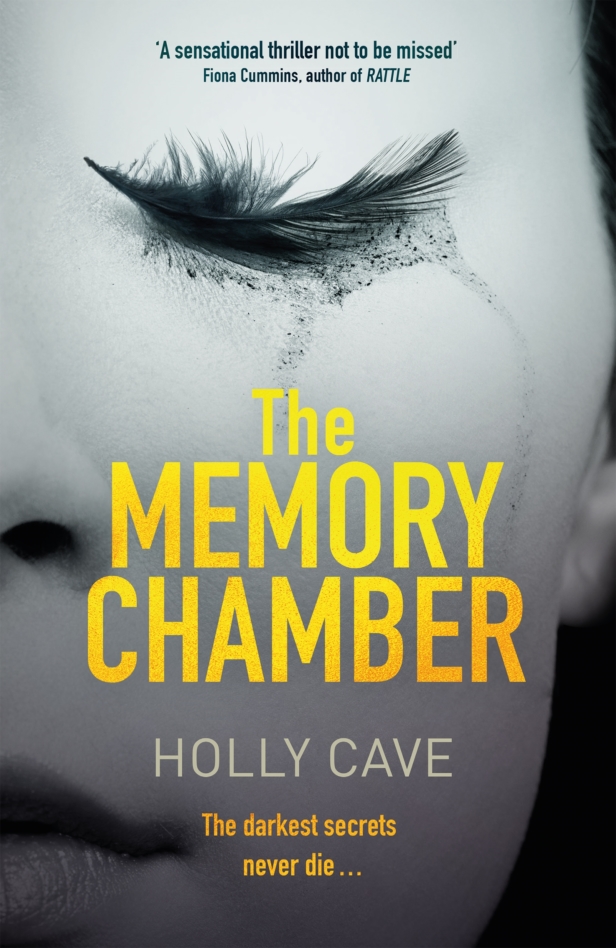Speculative Fiction: 3 Ways to Write the Future
Near-future science fiction, or speculative fiction, is hotter than ever. Why? I think it’s because at heart, it has so much to tell us about our everyday lives. These kinds of stories reach out to grasp at the possibilities of tomorrow, yet their characters and their truths belong to today’s world. As the tale unfolds, you can’t help but slide back from the most richly imagined future to find yourself submerged in the here and now.
Joining the movement? Here are some ideas for creating standout speculative fiction.
*
Believe your idea could change the world
‘As soon as you have an idea that changes some small part of the world you are writing science fiction. It is always the art of the possible, never the impossible.’ – Ray Bradbury
Authors have got a lot right. Stories from the past describe all manner of modern inventions, from credit cards to mobile phones and antidepressants. But science fiction isn’t always accurate.
According to 1989 cult movie Back to the Future Part II, we should already have flying cars, self-lacing shoes, and robotic dog walkers. This year, 2018, is the setting for Terminator Salvation and Rollerball. But we don’t say that the writers of these stories were laugh-out-loud wrong. They aren’t derided for having a wild imagination.
Accuracy isn’t the point. There’s no literary scoreboard for being psychic, and the best stories don’t align with the truth. The real prize is for asking: what kind of world do we want?
*
Go beyond the technology
‘Stories that aren’t about people are landscape paintings.’ – Max Barry
Any story set in the future must look and feel different in some way to distinguish it from the present. And that can mean it’s all too easy to focus on the inventions and forget about the people using them. But readers – and people in general – find themselves driven by an obsession with others. Empathy: it’s one of the things that makes us human.
2014’s sci-fi blockbuster Interstellar was visually stunning, but as a book, I think it may have struggled to shift from the shelves. Why? Because the characters were all too often one-dimensional. The dialogue and the individual plotlines weren’t driven by believable desires but by the plot. Anne Hathaway’s Dr. Brand, for example, confounds viewers. She demands to be join her (all too likely dead) boyfriend on a hostile alien planet, going against her otherwise intelligent and logical nature.
My favourite kind of science fiction examines the interplay of human behaviour, psychology, and culture. George Orwell’s 1984 examines a fascist state and what it does to the people living within it. Philip K. Dick’s Do Androids Dream of Electric Sheep? asks how the world would behave if robots were as emotionally complex as us, raising philosophical questions about what it means to be human. And Margaret Atwood’s novels – from The Handmaid’s Tale to MaddAddam – are always driven by strong, intriguing characters. Her writing consistently focuses on our flawed humanity, our dreams, and our motivations.
What I’m trying to say is that your story should happen to the characters within it. Don’t let yourself fall into the trap of writing it the other way around.
*
Write for the present
‘Fiction is lies; we’re writing about people who never existed and events that never happened when we write fiction… but it has to have a truth at the core of it.’ – George R. R. Martin
Great science fiction says more about our present than our future. Try imagining that one single thing is different in the world you’re creating. It might have far-reaching impacts, changing other elements of your world completely. But however much your alteration influences human behaviours and culture, you can be sure that many other things will remain the same.
The Memory Chamber looks at the concept of creating artificial heavens by linking memories encoded in brain cells to a computer system. The story raises questions about what this would mean for the way people live their lives. Although this may never happen, aspects of the ethical and moral questions raised are relevant today. Brain scans are being used in courts of law. Scientists are exploring using stem cells to regenerate our bodies – even attempting to revive the brain-dead.
George R. R. Martin is right – fiction is lies. And that’s okay. But to be successful with readers, speculative fiction needs a recognisable anchor. Even if it’s one that disturbs the seabed around it.
The Memory Chamber by Holly Cave is published by Quercus (Hardback, £12.99, 22nd February)
